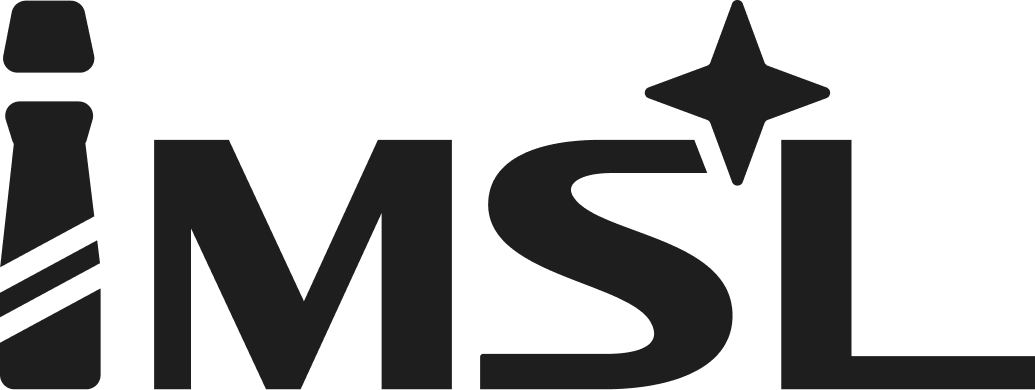Structure
Structure of the Research Institute
The Research Institute has a clear organizational structure that ensures the effective implementation of scientific research, expert evaluations, and the practical application of results in various fields of law, economics, and social sciences.
Supervisory Board
The Supervisory Board is the highest body of strategic management of the institute. It includes leading scientists, lawyers, economists, representatives of government agencies, and international organizations.
Key Functions of the Board:
- Defining the strategic directions for the institute’s development.
- Overseeing compliance with scientific and ethical standards.
- Approving key programs and decisions.

Scientific Council
The Scientific Council is a collegial body that coordinates the research activities of the institute and ensures the quality and compliance of scientific developments with international standards. It includes doctors of science, professors, academicians, and leading experts in law, economics, and social sciences.
Key Responsibilities:
- Defining the institute’s scientific priorities.
- Evaluating research projects, reviewing, and approving publications.
- Organizing international conferences, seminars, and roundtables.
- Collaborating with educational and research institutions.

Directorate
The Directorate carries out the operational management of the institute and is responsible for implementing its mission and scientific programs.
The Directorate Includes:
- Director – the head of the institute, responsible for overall management and representing the institution at the national and international levels.
- Deputy Directors – coordinate the activities of specific departments, including scientific research, expert work, and practical implementation.

Accounting Department
The Accounting Department ensures the financial stability of the institute and is responsible for:
- Budget formation and control.
- Financial reporting and auditing.
- Managing funds for research grants and projects.

Institute Departments
5.1. Expertise Department
This department focuses on preparing legal opinions, analyzing regulatory acts, and reviewing international agreements.
Key Responsibilities:
- Conducting legal expertise of legislative initiatives.
- Analyzing judicial practices and legal standards.
- Preparing analytical materials for public and private institutions.
5.2. Scientific Research Department
This department conducts fundamental and applied research aimed at advancing legal science and related disciplines.
Main Areas of Work:
- Developing new concepts and models of legal regulation.
- Publishing scientific articles, monographs, and research studies.
- Organizing scientific conferences, seminars, and roundtables.
5.3. Practical Implementation Department
This department focuses on applying research findings in real-world practice, promoting the implementation of innovative legal, economic, and management solutions.
Key Responsibilities:
- Implementing research results into the practical work of government bodies, businesses, and the public sector.
- Developing methodological recommendations for state institutions, academic and educational organizations, and commercial entities.
- Providing consultations and expert evaluations for government authorities, international organizations, and the private sector.
- Organizing roundtables, seminars, and conferences to discuss pressing legal and economic regulatory issues.
- Adapting international experience to national legislation and practices.

The institute's structure ensures effective interaction between all departments, fostering the development of scientific research, analytical work, and the implementation of innovative solutions in legal, economic, and social fields.
